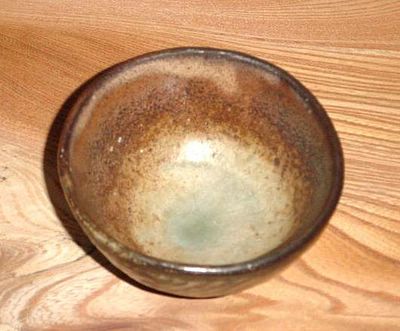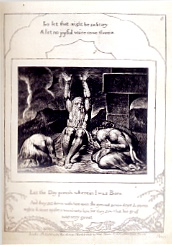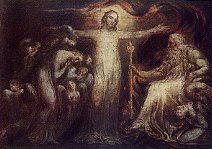Monday, February 28, 2005
Thursday, February 24, 2005
Candice Black In Japanese Materials
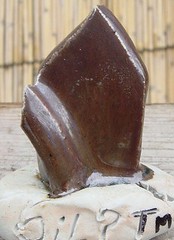
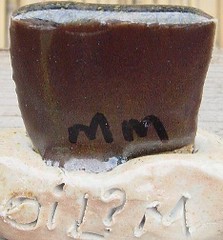
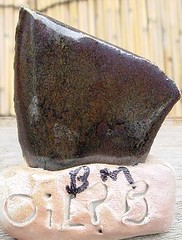
Test of Candice Black from John Britt's book.
TM Top Middle Hot Reduction / MM Middled Center Medium Reduc.
BM Bottom coolest oxidation
As you can see, the oxidation tile looks the best. I didn't have cobalt carbonate, so I substituted gosu (impure cobalt.)
Neyph Sye 40
Silica 33
Fukushima Felds 11
Dolomite 5
Whiting 6
Kaolin 4
Gariome B.C. 4
BoneAsh .03
Rutile .02
R.I.Ox 8
Gosu 5
Sunday, February 20, 2005
Saturday, February 19, 2005
Friday, February 11, 2005
Wednesday, February 09, 2005
Edouard Bastarache's Lepidolite Glaze Tests

Edouard's Lepidolite test 1051
(French is Edouard's native language, so we will post French first. See below for English)
The recipies are posted at ClayCraft email list.
~~~~~~~~~~~~~~~~~~~~~~~~~~~~~~~~~~~~~~~~~~~~~~~~~~~~~~~~~~~~~
English Introduction to Lepidolite Ash Glazes :
Having inherited a 10 pound sample of Lepidolite from a potter friend closing down
his shop, I decided to experiment with this lithium material unavailable anymore on
the market.
I have discussed the substitutions of this material in my book :
"Substitutions for Raw Ceramic Materials
In order to avoid blisters I used a medium amount of Lepidolite. I used Hardwood Ash
(Washed 5 times and 60-mesh sieved) and a boron frit to obtain a surface texture that
I call "Scintillating"
From Glenn C. Nelson’s Ceramics, a potter’s handbook, page 322 of the fifth edition, I have obtained the following chemical analysis of Lepidolite :
SIO2 = 55.00 %
AL2O3 = 25.00 %
FE2O3 = 00.08 %
K2O = 09.00 %
NA2O = 01.00 %
LI2O = 04.00 %
Ignition loss = 0.92 % + 5 % fluorine.
Fluorine is volatile and may cause blisters at high temperatures (Robin Hopper in The Ceramic Spectrum,1984, page 52).
Using the method described in Daniel Rhodes, revised edition of Clay and glazes for the potter at chapter 13 “Glaze calculation using materials containing more than one oxide” under the heading “Feldspar formula” I have defined the following formula for Lepidolite since it is a feldspathoid considered here in its fired or calcined state =
K2O .392 AL2O3 1.0 SIO2 3.743
NA2O .065
LI2O .543 Molecular weight = 384"
"Ils sont fous ces quebecois"
"They are insane these quebekers"
"Están locos estos quebequeses"
Edouard Bastarache
Irreductible Quebecois
Indomitable Quebeker
Sorel-Tracy
Quebec
edouardb@sorel-tracy.qc.ca
www.sorel-tracy.qc.ca/~edouardb/Welcome.html
http://perso.wanadoo.fr/smart2000/index.htm
http://www.digitalfire.com/education/toxicity/
Tuesday, February 08, 2005
Tuesday, February 01, 2005
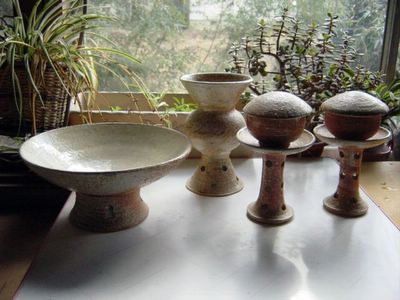
These are inspired by Korean Sue and Japanese Yayoi ware. The middle pot (a vase) is inspired by a Yayoi vase my teacher has. The two covered bowls on the right are offering bowls for the Buddhist altar, the ones that I have seen are usually made of lacquer. I've been told that Samurai used to use tea bowls on pedestal something like these.
Copyright Lee Love 2005




